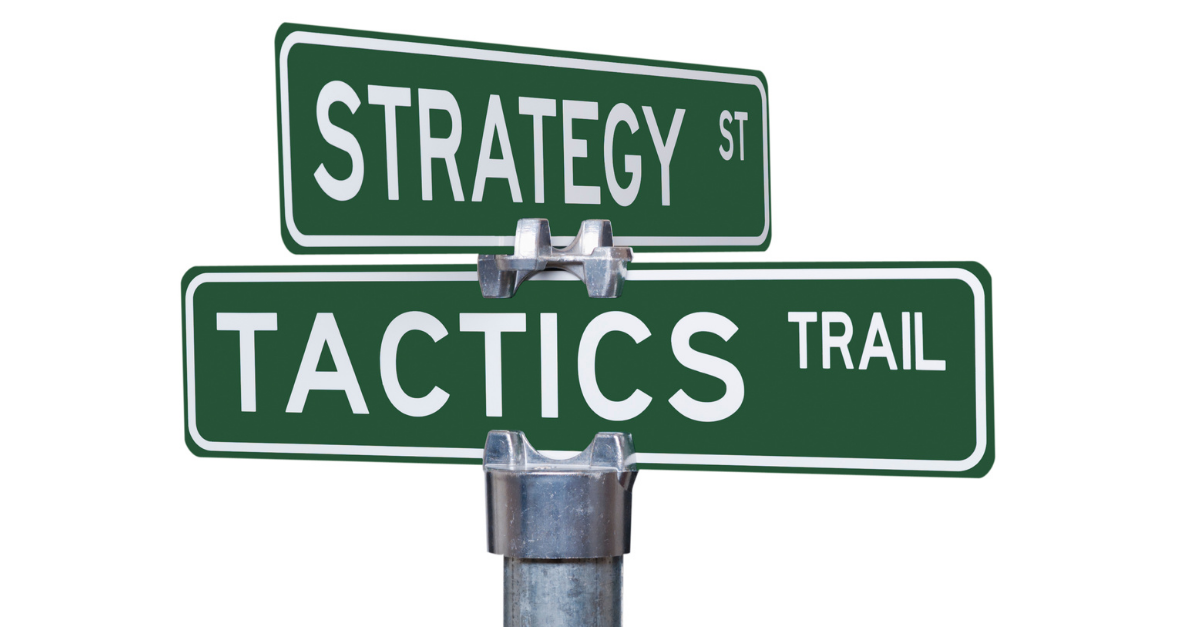When Your Greatest Strength Becomes the Thing Holding You Back

"You need to be more strategic."
If you've heard this feedback, you're not alone. It's one of the most common pieces of feedback senior female leaders receive. And it's frustrating because it feels vague, unfair, or totally disconnected from what you actually do.
Here's what I've learned: sometimes the thing you're brilliant at is the very thing working against you.
If you're exceptional at execution—if you spot the gaps others miss, if you know why an idea won't work in practice, if you turn chaos into order—that capability has built your career. It's made you invaluable.
But it might also be why you're hearing you're "not strategic enough."

The Operations Leader Trapped in Strategy Sessions
I've done this. Sat in strategy sessions with all the space and time to think big, and spent the whole time running through operational problems we were ignoring. Listing why ideas wouldn't work. Spotting the logic gaps.
I may have been right. But I was also staying comfortable. Being the implementer. The operations expert. And probably stifling some thinking that could have become strategically brilliant.
The uncomfortable bit: when you jump straight to implementation logic, people don't experience you as strategic. They experience you as tactical. Even when you're right.
The feedback isn't about what you know. It's about when and how you use it.
Strategic Thinking Is a Muscle You Can Build
Strategic thinking isn't some completely different skill. It's built on the same foundation as operational excellence. The difference is sequencing and altitude.
It's resisting the urge to immediately apply logic to emerging ideas. Sitting with half-formed concepts. Letting yourself—and others—imagine before you analyze.
This is a muscle. And it takes discipline to build.
The discipline is in the pause. Holding back the "here's why this won't work" just a bit longer. Asking "what if we could?" before "but how would we?"
When you build this muscle, others see you differently. They experience you as big picture. And they step into the space you've left. When you trust others to bring the implementation logic, they rise to it.
You don't need to abandon your operational brilliance. Just add another layer. Keep it, use it, but deploy it at the right moment instead of right at the start.
Three Practical Ways to Start Building This Muscle
1. Practice the 10-Minute Rule
In your next strategy meeting, set a timer. For the first 10 minutes of any new idea discussion, you're only allowed to ask expansive questions: "What could this become?" "What if we could solve this completely?" "What would the boldest version of this look like?"
Your implementation brain will be screaming. Let it scream. Those insights aren't going anywhere—they'll be even more valuable when you deploy them after the idea has room to develop.
2. Appoint Yourself an "Implementation Buddy"
Find someone on your team who's hungry to grow and explicitly ask them to be the person who brings the operational logic in meetings. Brief them beforehand: "I'm working on holding back my implementation instincts—I need you to be the person who spots the gaps first."
This does two things: it forces you to pause, and it develops someone else's capability. You're not abandoning your brilliance, you're teaching someone else to think like you while you layer on strategic altitude.
3. Reframe Your Role in Meetings
Before you walk into a strategy session, literally say to yourself: "My job today is to help us imagine what's possible, not to solve how we'll do it." It sounds simple, but this mental reframe changes how you show up.
You're still bringing all your expertise and experience—you're just deploying it differently. You're the person who ensures bold ideas can actually land, not the person who stops them from taking off.
4. Track Your "Yes, And" vs "Yes, But" Ratio
Pay attention to how you respond to ideas for one week. Are you saying "Yes, and we could also..." or "Yes, but here's the problem..."?
The "but" is your operational brain taking over. The "and" is your strategic muscle flexing. You don't have to eliminate the "but" entirely—you just need to lead with "and" more often. Track it. You'll be surprised how automatic the "but" has become.

The Leader Everyone Wants
The shift from "implementer" to "strategist" isn't about doing different work. It's about the altitude you operate at, the questions you ask first, the space you create for possibility before reality kicks in.
The person who can envision the bold possibility AND make it happen? That's the leader everyone wants at the table.
So where have you been first to spot the problem? What if you held that back and asked "what could this become?" first?



